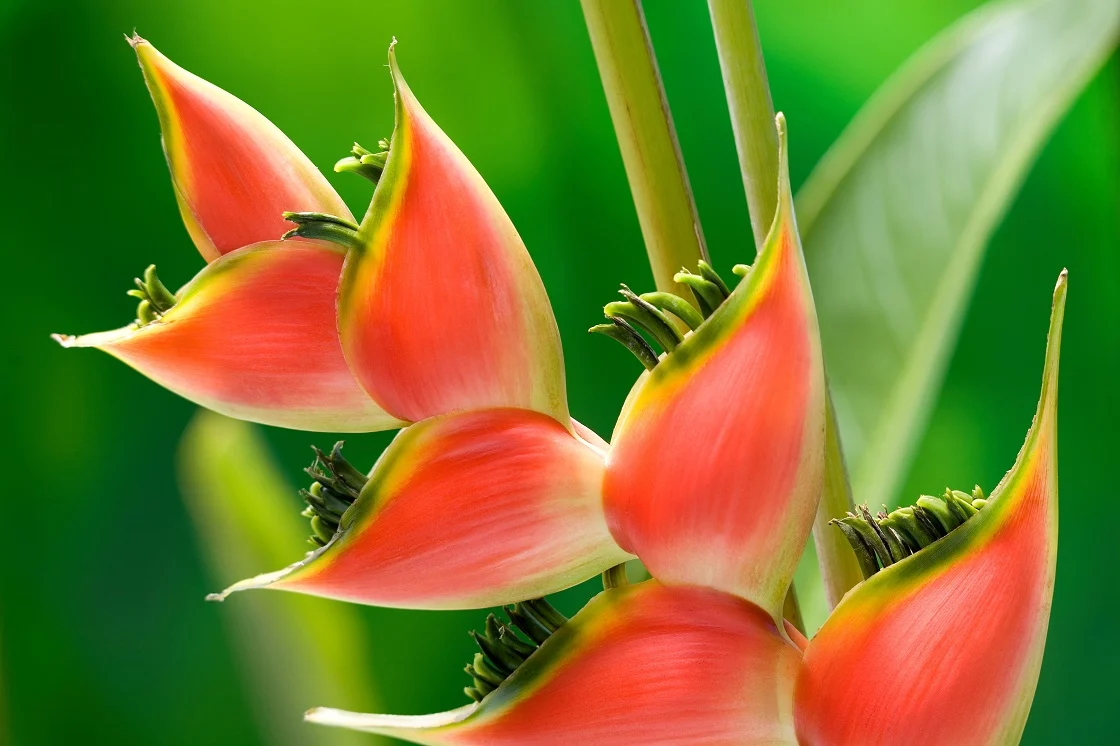Plants That Live in the Southeast Region of the United States

The Southeast region of the United States is known for its diverse and vibrant plant life. From the lush forests of the Appalachian Mountains to the coastal plains and wetlands, this region offers a wide range of habitats for various plant species to thrive. In this article, we will explore some of the most notable plants that call the Southeast home, highlighting their unique characteristics and ecological significance.
1. Coastal Plain Plants
The coastal plain of the Southeast is characterized by its sandy soils, high humidity, and proximity to the ocean. These conditions create a unique environment that supports a variety of plant species adapted to survive in this challenging ecosystem.
One such plant is the saw palmetto (Serenoa repens), a small palm tree that grows in abundance along the coast. The saw palmetto is known for its fan-shaped leaves and produces clusters of small, black berries that are a valuable food source for wildlife. Additionally, the roots of this plant help stabilize the sandy soil, preventing erosion along the coast.
Another prominent plant in the coastal plain is the southern magnolia (Magnolia grandiflora). This iconic tree is famous for its large, glossy leaves and fragrant white flowers. The southern magnolia is not only visually stunning but also provides important habitat and food for various bird species.
2. Forest Plants
The Southeast is home to vast stretches of forests, including both deciduous and evergreen trees. These forests are not only aesthetically pleasing but also play a crucial role in maintaining the region’s ecological balance.
One notable tree found in Southeastern forests is the longleaf pine (Pinus palustris). This majestic tree can reach heights of up to 100 feet and has long needles that give it a distinct appearance. The longleaf pine ecosystem is also home to many unique plants, such as the carnivorous pitcher plant (Sarracenia spp.) and the rare orchid known as the green-fly orchid (Epidendrum magnoliae).
In addition to trees, the forest floor is teeming with a variety of understory plants. One such plant is the mayapple (Podophyllum peltatum), which forms dense colonies and produces umbrella-like leaves. The mayapple is an important food source for wildlife and has been used for medicinal purposes by Native Americans for centuries.
3. Wetland Plants
The Southeast is blessed with an extensive network of wetlands, including swamps, marshes, and bogs. These wetland ecosystems are incredibly diverse and provide critical habitat for numerous plant and animal species.
One iconic wetland plant is the bald cypress (Taxodium distichum). This large deciduous tree is well-adapted to wet conditions and can often be seen growing in standing water. The bald cypress has unique “knees” that protrude from its roots, providing additional stability in the soft, muddy soil. Its wood is highly valued for its durability and resistance to decay.
Another fascinating wetland plant is the Venus flytrap (Dionaea muscipula), a carnivorous plant that captures insects using its specialized leaves. The Venus flytrap is native to the coastal bogs of North and South Carolina and relies on nutrient-poor soils to thrive. It is a highly sought-after plant among collectors but is also protected due to its vulnerable status in the wild.
4. Mountain Plants
The Southeast is home to the majestic Appalachian Mountains, which harbor a unique set of plant species adapted to the cooler temperatures and higher elevations found in this region.
One such plant is the flame azalea (Rhododendron calendulaceum), a deciduous shrub that produces vibrant orange, red, and yellow flowers. The flame azalea is a favorite among gardeners and is often cultivated for its stunning blooms. It can be found in the higher elevations of the Southern Appalachians, adding a burst of color to the mountain landscape.
Another notable plant found in the Southeastern mountains is the Fraser fir (Abies fraseri). This evergreen tree is endemic to the highest peaks of the Appalachian Mountains and is known for its symmetrical shape and soft needles. The Fraser fir is highly valued as a Christmas tree due to its attractive appearance and pleasant fragrance.
Conclusion:
The Southeast region of the United States boasts a rich and diverse array of plant life, from the coastal plains to the mountains. Each ecosystem within this region supports a unique set of plants that have adapted to thrive in their specific conditions. Understanding and appreciating these plants not only enhances our knowledge of the natural world but also highlights the importance of preserving these habitats for future generations.





